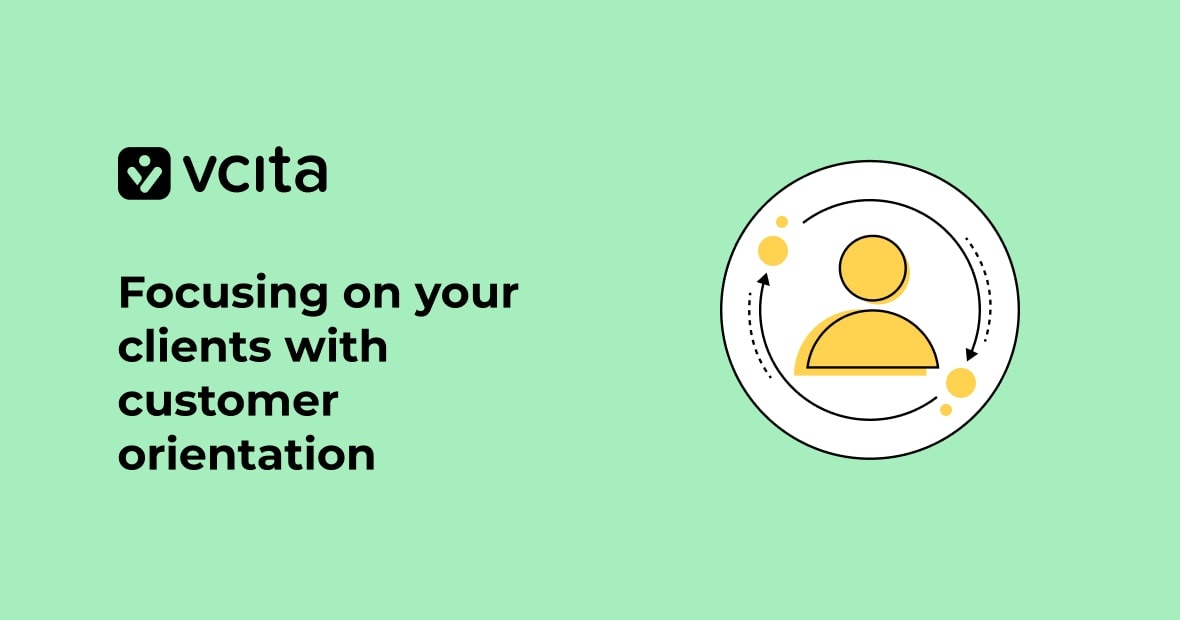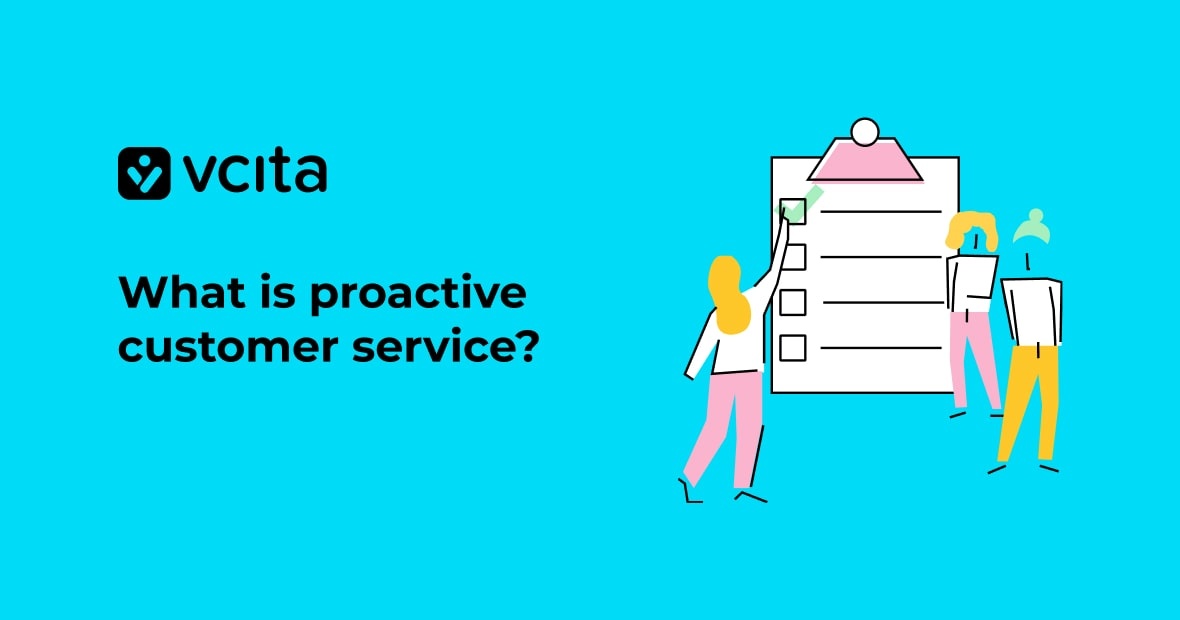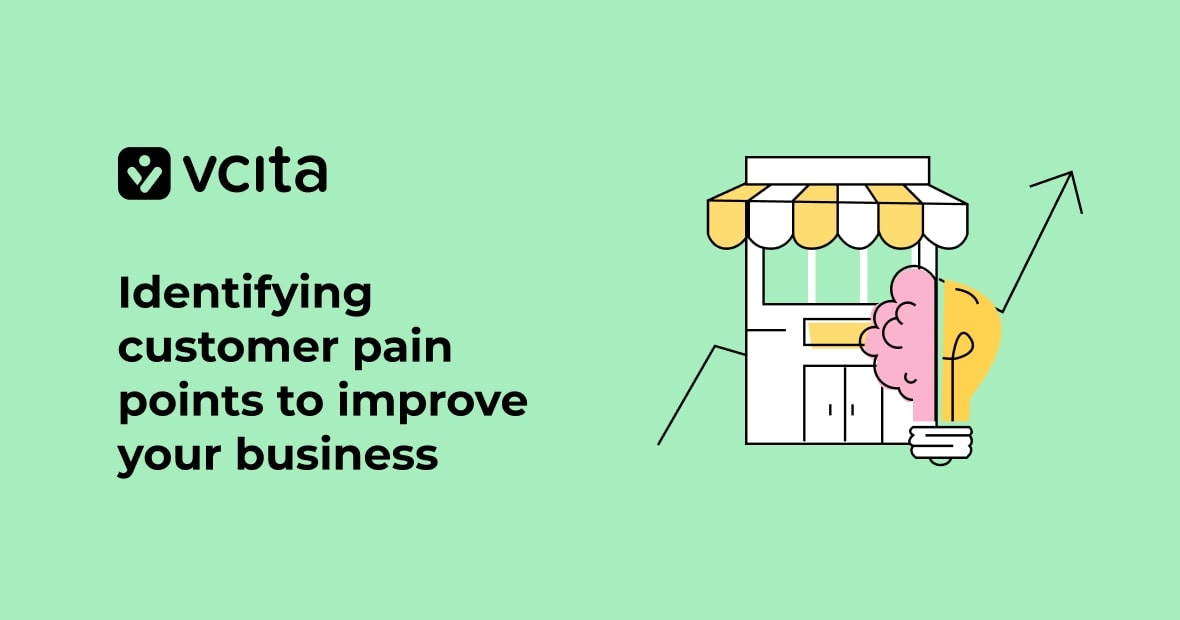Dealing with difficult clients is an inevitable part of running a business. Regardless of what services you provide, there will always be customers that demand more attention, working their way up the line of management until they reach you. Such clients may be demanding, but managing them can be simplified, especially if you use client portal software.
In this article, we share our advice on how to deal with difficult clients and how to make your next encounter with them easier. Learn what motivates them, build a plan, and enjoy the confidence that comes with understanding how to handle difficult clients.
What are the 5 main types of difficult clients?
Learning how to deal with a difficult client starts with discovering what makes them so challenging in the first place.
Here are the five most common types of clients who tend to be hard to cooperate with. In some cases, you may encounter individuals who express traits from a few of these groups.
The aggressive client
Aggression is an extremely unnerving situation in a business setting. Aggressive clients may start with belittling remarks and escalate to yelling. These behaviors can continue to evolve. Not to mention, people in an agitated state are often unpredictable.
An aggressive client can pose a threat to you or your employees, in which case it is best to cut ties with the client. A frustrated customer can be reasoned with, but the same is not always true for an aggressive one. Warning signs for aggressive behavior in an individual can include:
- Verbal abuse
- Threats of violence
- Low tolerance for frustration, often resulting in outbursts over minor issues
- Excessive or intense displays of anger.
The complainer
Clients who are masters of complaining may see themselves as offering constructive criticism, but their remarks are little more than complaints. These individuals are quick to compare your services or products to others in a negative light and slow to offer any praise or gratitude.
This unbalanced form of communication often sounds like, “Well I’ve seen the same thing cheaper at other stores” or “Your service is so slow, my old provider was much faster.” The context, tone, and consistency of such complaints can drain your patience quickly.
Even if you quell a complaining client, don’t expect a compliment for all your hard work. Your reward may just be a break in complaints that signals some form of their satisfaction.
The indecisive client
It is important to serve clients with care, but too much care can impact you and your company’s ability to function. Indecisive clients are some of the most care-intensive ones. These individuals tend to make multiple returns, spend an excessive amount of time weighing their options, and start an order without finishing the purchase.
Customers that lack the ability to make decisions are hard to visualize as regulars. Even if you are able to follow up with them enough to complete a single sale, there is no guarantee future orders will be easier.
The longer interactions with an indecisive client go on, the more exhausting they get and the more time is taken from other managerial tasks. In the end, these clients are most worthwhile if handling them can be simplified or automated using the right client management software.
The impatient client
Regardless of the complexity of their order, an impatient client will expect any service concerning them to be rapidly completed. They give little to no consideration to the fact that small businesses don’t have the staff of industry giants. Impatient customers will expect your business’s performance to be comparable.
These unreasonably high expectations generate a sense of urgency and stress that is unfair if all aspects of your services were advertised before the order was placed.
The know-it-all client
The impatient client is not too far from know-it-all ones. Things may start with someone telling you they “know” how fast you should be able to complete their order. They might then start nitpicking all of your work and back up their remarks with personal experience or Google searches.
Being undermined repeatedly is a confidence killer and understandably frustrating. Know-it-all customers may never seem satisfied with your work, which makes the extra effort they demand feel like wasted time.
How would you handle a difficult or unhappy client?
Think back on the times you’ve handled a challenging customer. Which of the above categories were they in, and how did they respond to your efforts? There’s a good chance they wanted a reply from you as soon as possible, but a rapid response is not always beneficial.
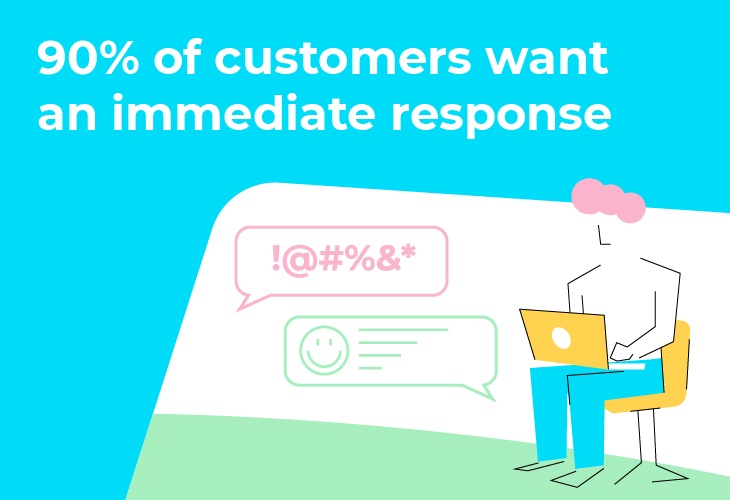
When dealing with any type of difficult client, there is a fine line defining the appropriate response time. An estimated 90% of customers believe an immediate reply is extremely important when customer service issues arise. Mix this average expectation with the intensity of a difficult client and it becomes clear that a long response time will not improve your situation.
A rapid reaction can make clients feel that they’re important, but there are situations in which replying too quickly could backfire. Difficult customers can lead to a mounting sense of frustration that will not translate well into an immediate response. Aggressive people may also be easier to speak to after they’re given some time to cool down.
If you feel like you need some extra time before diving into your customer’s issue, you can reply with a placeholder, like “We’re looking into your concerns and will respond as soon as possible.” This makes the individual feel heard and gives you time to come up with a resolution.
What is the key to success when communicating with a difficult client?
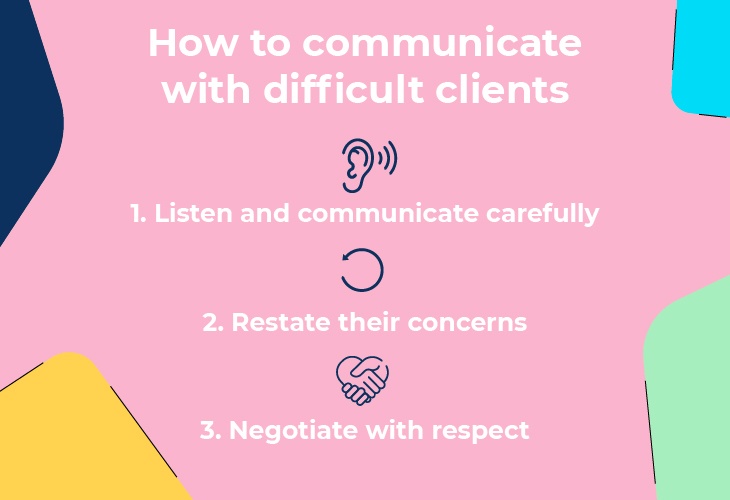
Communication is a two-way street, but when it comes to challenging customers, you will be in charge of monitoring the flow of communication. The best way to reduce miscommunications is to understand their origin.
Listen and communicate carefully
Even if you can assume why your client is acting difficult, try clarifying the cause of their behavior. In some cases, this may include asking them to specify what is bothering them. With a clear understanding of the problem, you will be better able to craft a solution.
Regardless of how the client speaks, make sure to avoid emotionally charged phrases to maintain a professional appearance. Also, don’t let the client pressure you into making any promises that you won’t be able to fulfill.
Restate their concerns
All clients, whether they are hard or enjoyable to work with, appreciate knowing that their concerns were heard. Make it a habit of writing and emailing a summary of any important conversations you have. Point out the main topics discussed and the action plan you’ve agreed on. Also, ask the client to confirm the receipt and correctness of your notes.
Aside from adding clarification for clients, these write-ups can protect you from manipulative individuals. With a record of each conversation, it’s very difficult for people to retract prior statements or deny knowledge of earlier agreements.
Negotiate with respect
As the professional in these interactions, it is up to you to manage disagreements and difficulties in a respectful way. When you view these situations unbiasedly, areas of improvement on both ends can become clear. Even if the client is primarily at fault, it’s best to prioritize problem-solving over finger-pointing.
What is the key to success when communicating with a difficult client?
Difficult customers are the ultimate exercise in problem-solving. To maintain a professional relationship you first have to understand why they seem so hard and what might be motivating their behavior. With some clarification, strategic communication, and respectful negotiation challenging clients can be manageable. Each case may be unique, but applying these strategies to your business will ensure you are ready for any interaction.



